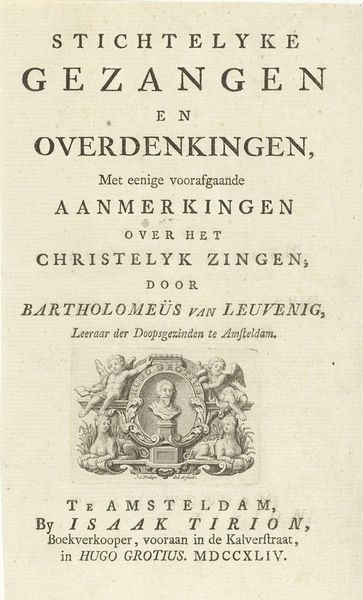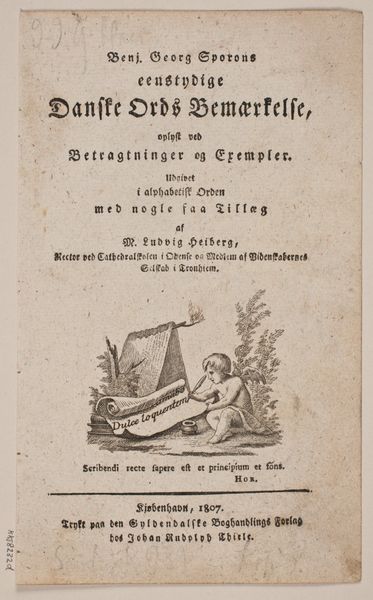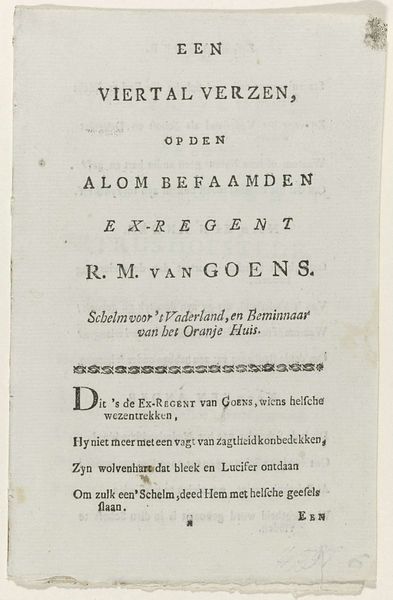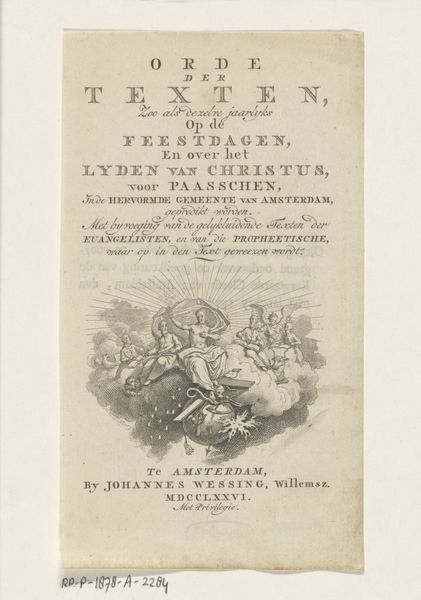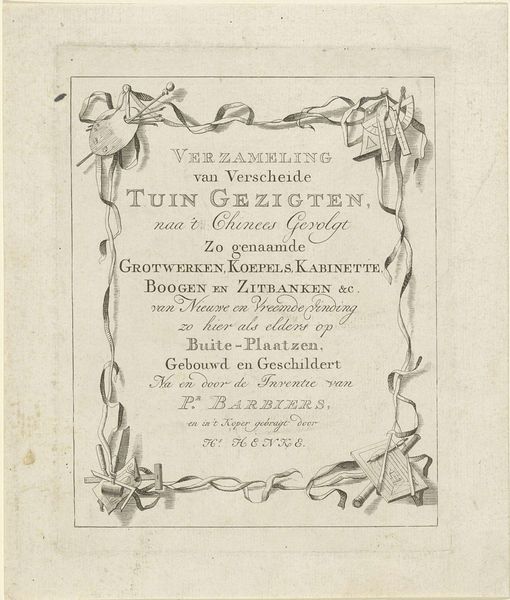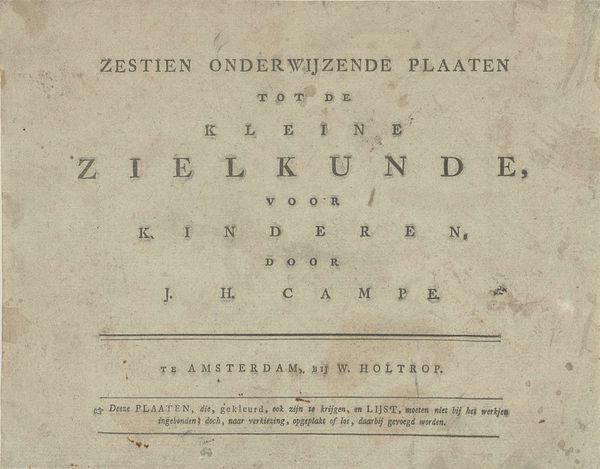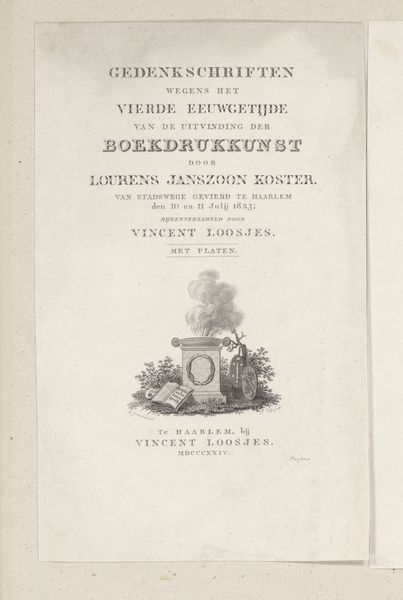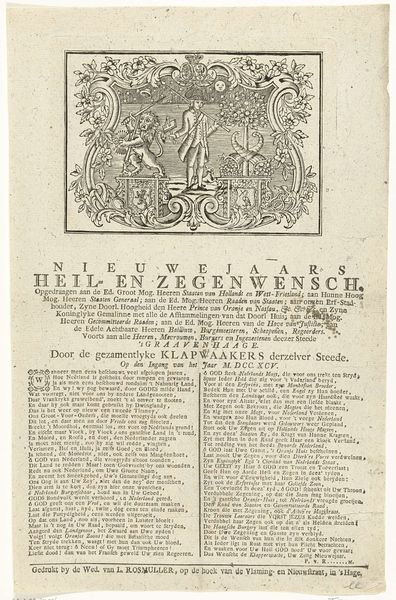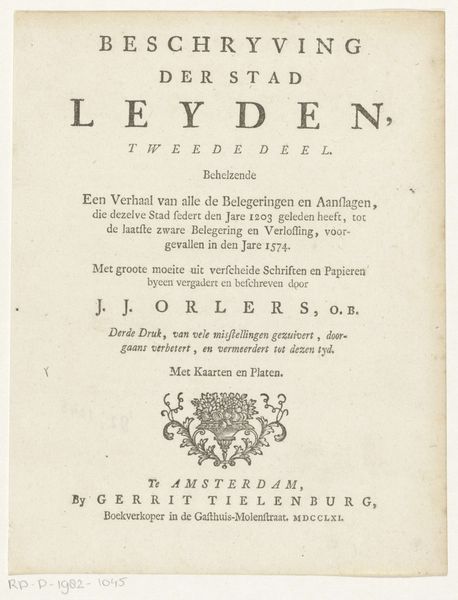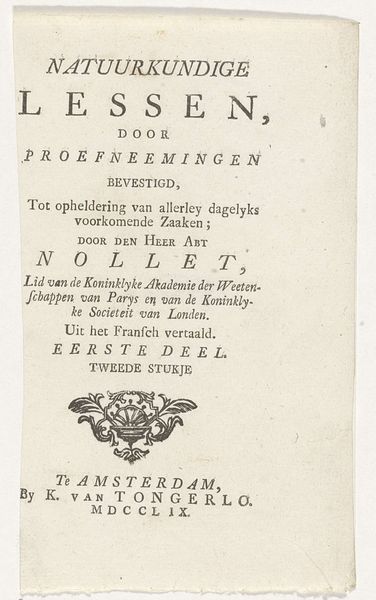
Titelpagina voor: Uren toegewijd aan de hoogste belangen des levens: voor jeugdige christenen, 1825 1825
0:00
0:00
print, typography, engraving
#
neoclacissism
# print
#
old engraving style
#
hand drawn type
#
typography
#
engraving
Dimensions: height 250 mm, width 151 mm
Copyright: Rijks Museum: Open Domain
This title page, made by Philippus Velijn in 1825, employs an array of symbols meant to inspire young Christians. The anchor, the open book, and the hourglass are not merely decorative; they are carriers of meaning. The anchor, traditionally a symbol of hope, finds its roots in ancient maritime cultures, reappearing in early Christian art as a veiled cross, suggesting steadfastness in faith amidst life's storms. Here, it rests alongside an open book, likely the Bible, which represents divine knowledge and guidance, a motif echoed in illuminated manuscripts across Europe. Above these, the hourglass is topped by a flaming heart, a memento mori, reminding us of life's fleeting nature, urging devotion and piety. The heart ablaze has appeared throughout history, from medieval religious iconography to baroque emblems, each time shifting to reflect cultural anxieties about mortality and salvation. These symbols are charged with emotional weight, subtly manipulating our subconscious, urging us towards reflection and spiritual dedication. They recur, transmute, and persist, echoing through the ages, proving that the human spirit, in its quest for meaning, is forever bound to these potent visual artifacts.
Comments
No comments
Be the first to comment and join the conversation on the ultimate creative platform.
